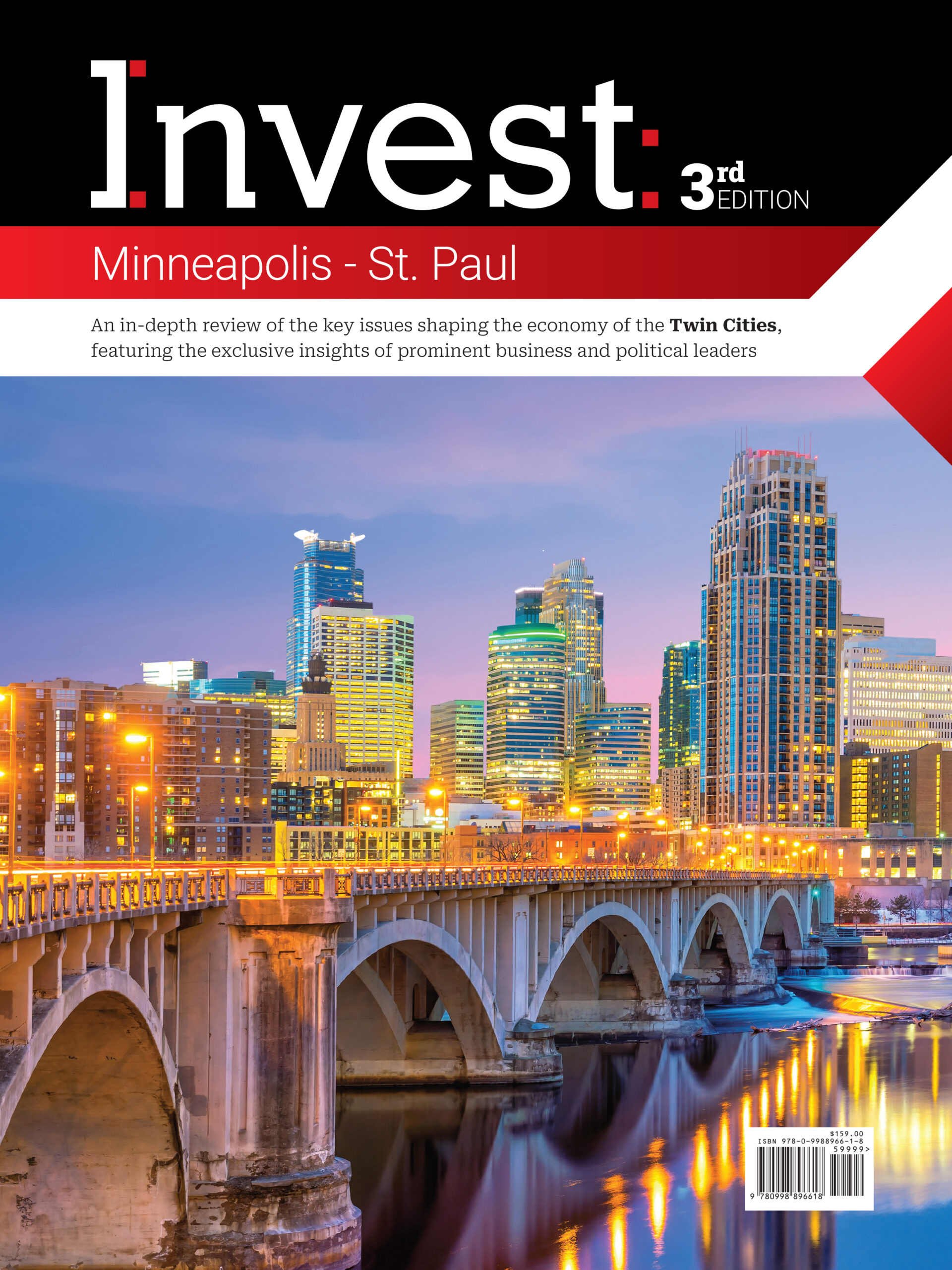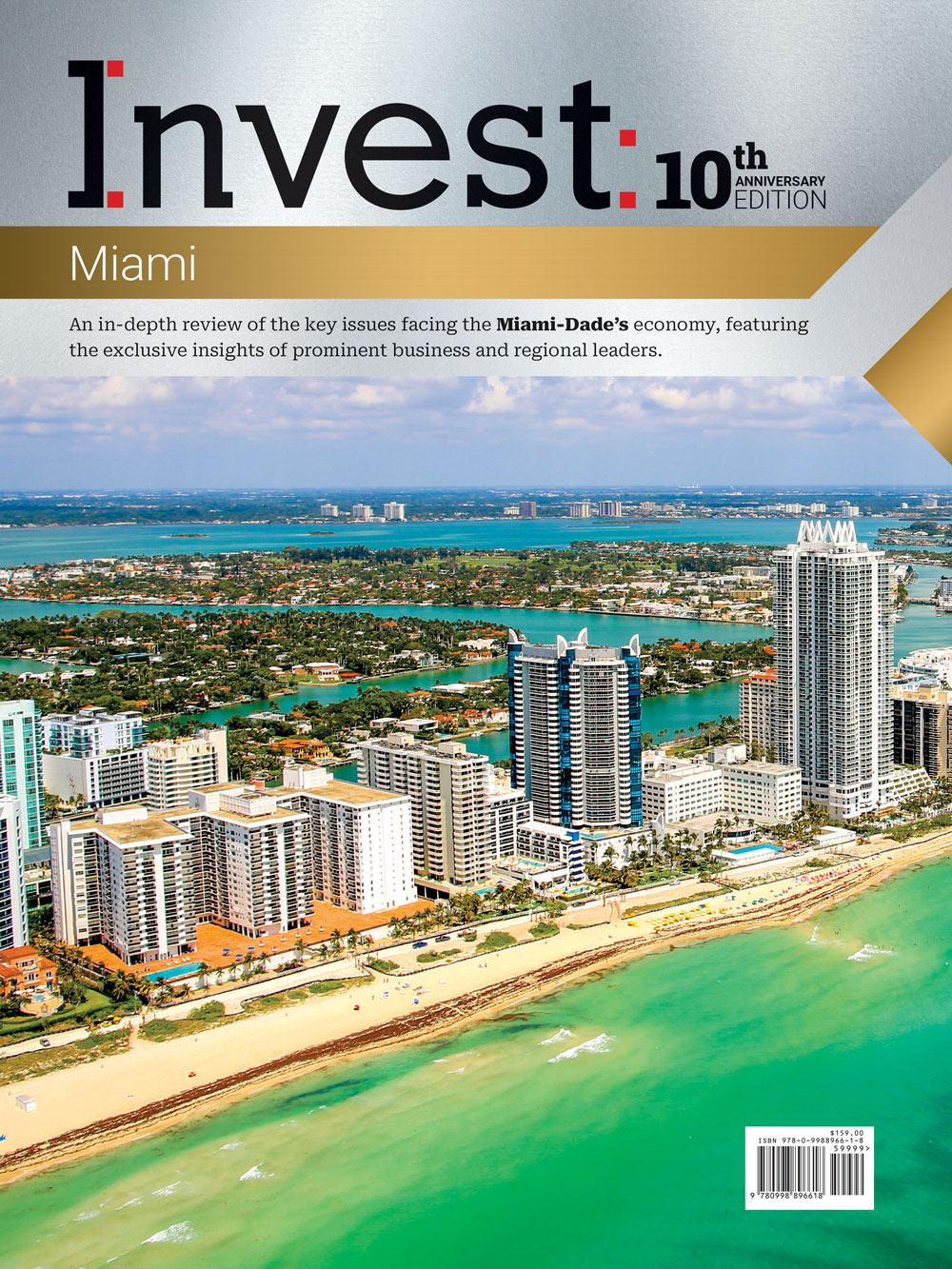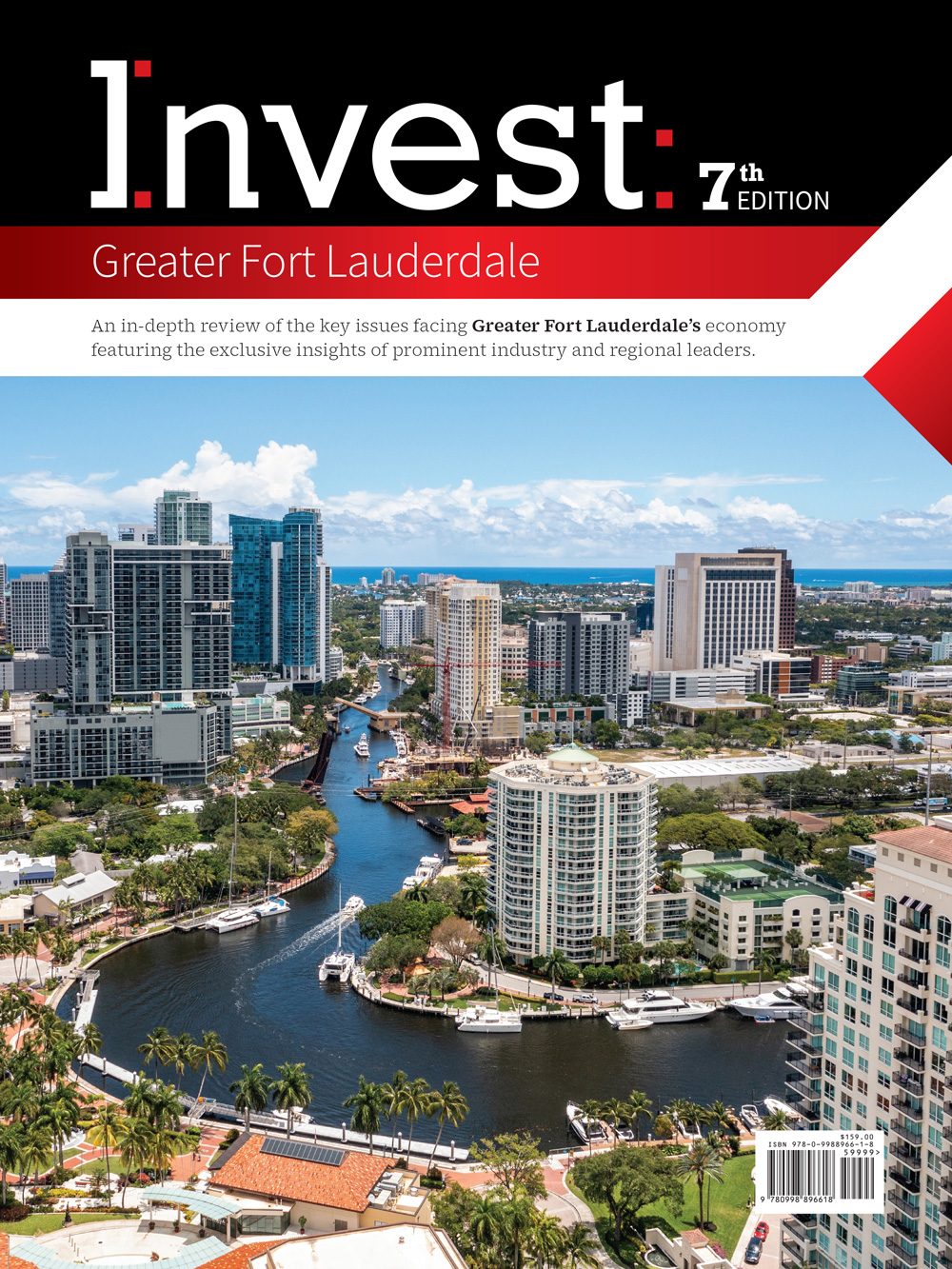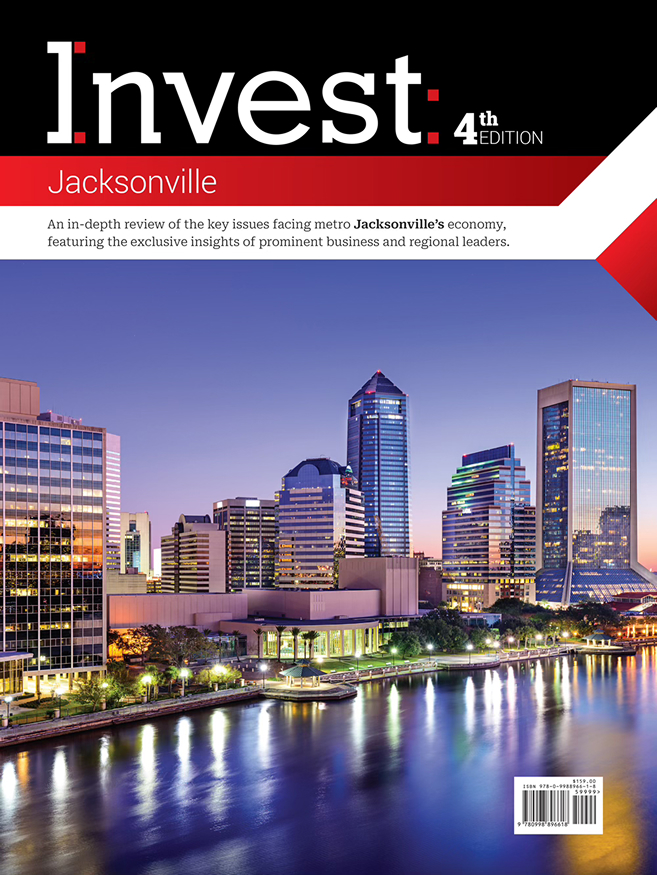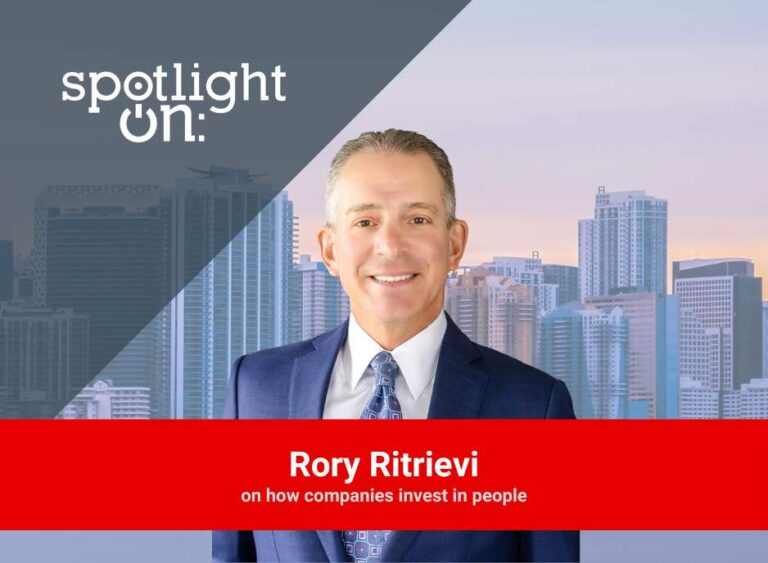Michael Collins, Chancellor and Senior Vice President for the Health and Sciences, UMass Chan Medical School
In an interview with Invest:, Michael F. Collins, chancellor and senior vice president for the health sciences at UMass Chan Medical School, talked about the school’s success over the past year which includes the addition of a new branch campus and increased class size. Major trends in the health science field include rising interest in medical education and challenges in hospital staffing due to financial constraints. The institution focuses on recruiting and retaining talent, leveraging recognition as a top workplace and integrating flexibility for employees.
How has the last year been for you since we last spoke?
It has been a terrific year, and we are very fortunate to have added a second branch campus now at Lahey Hospital & Medical Center. We are about ready to open up our new education and research building on June 7, so we are putting the finishing touches on that. We have also increased our medical school class size again to a total of 225, which is 25 more than last year. We continue to engage our community in different ways, so overall it has been a great year.
What are some of the major trends in the health science field at the moment?
The trend we are seeing in the medical education world is more students wanting to go to medical school. Institutions across the country are trying to create spaces so that we can make sure we secure the best and brightest of those learners. In the health systems world, the hospitals in which students do rotations will continue to see challenges and have difficult financial situations that put restraints on the workforce.
Government funding at the state and federal levels can be a challenge, but we are fortunate that Massachusetts is, by and large, a state that does believe in investing in health care with the governor just recently proposing a reauthorization of the $1 billion life science initiative.
How are you addressing challenges to recruiting and retaining talent?
In the medical education research sector, we spend a lot of time recruiting outstanding people who want to come to the institution. We have been fortunate enough to be recognized for the second year in a row by the Boston Globe as one of the top places to work and were just named by USA Today as one of the top companies in America. We have been listed by Money magazine as one of the best options for graduate school. I think we also recognize the environment in which we are recruiting people so that involves flexibility to work times and services available to employees.
What are some areas showing more demand than in previous years?
Many emergency rooms are over capacity, leading to long wait times to get patients into the hospital. Some of that is brought about by not having long-term care facilities to which we can discharge patients at the appropriate level. If we can find additional long-term care capacity, we can move patients out of the hospital and into different facilities and not take up needed beds while they are in recovery and being monitored.
Are there any technologies you are excited about integrating into your programs?
Artificial intelligence (AI) is becoming a big asset to us to analyze large datasets of patients and figure out the needs of the community to bring health care to them. Imagine the ability to monitor and assess populations of patients to prevent issues before they become major health concerns. I think the ability for us to utilize AI in that way should reduce the amount of time the primary caregiver has to spend on charting and increase their level of care. AI is being deployed in very exciting ways related to predictive diagnostics and, of course, wearables and digital health components whether it is your iPhone or other tools are getting a lot of attention. We have a whole division working on those kinds of things and are coming up with things like having people send cardiac tracing from their phone straight to their medical records. These kinds of tools will ideally help identify potential issues before they become more serious problems.
Where do you see the medical school going in the next two to three years?
Our campus community is very excited about getting to work in the new research facility. I am prioritizing faculty recruitment and making sure they have adequate funding and the tools to change the course of the history of the disease. We will increase class sizes and educate learners because we know we need more nurses, physicians, and scientists in the workforce.


